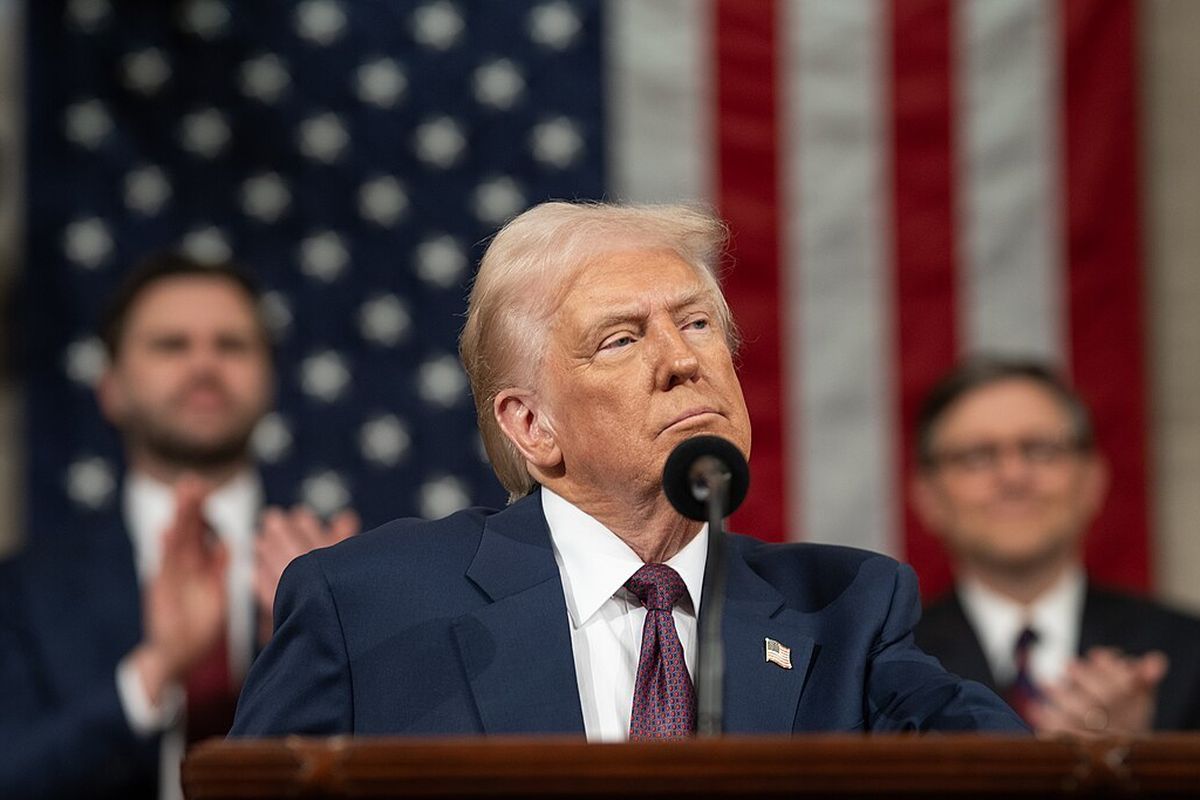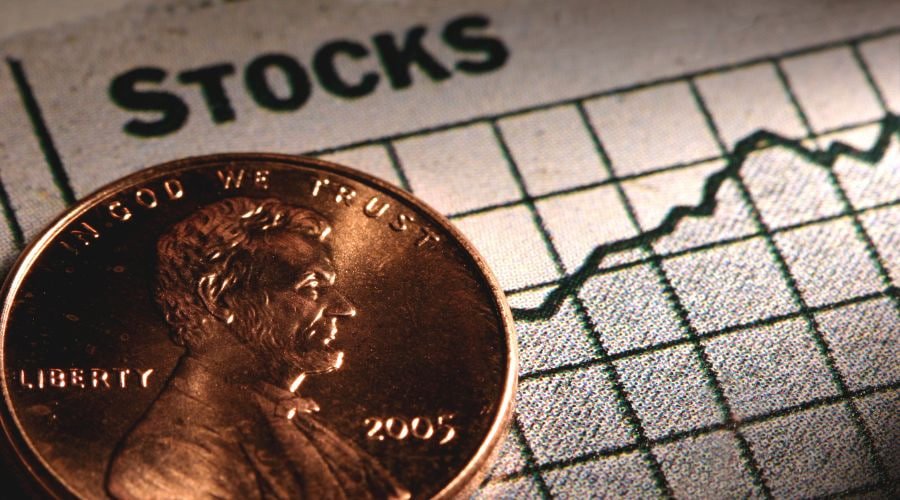The implementation of a 19% import tariff on both Indonesia and the Philippines by the U.S. has raised questions: how does this 19% import tariff compare with other regional competitors and what implications might it hold for trade relations? The context involves new trade deals enacted in July 2025 that reset previous threatened rates.
1. Background on the 19% Import Tariff Deal
In mid-July 2025, the U.S. agreed to apply a 19% import tariff on Indonesian exports—a reduction from an earlier threatened 32% rate. In exchange, Indonesia committed to remove non‑tariff barriers, eliminate duties on virtually all U.S. goods entering its market, and enter significant import agreements for U.S. energy, agriculture, and aircraft.
Similarly, the Philippines secured a 19% tariff deal after negotiations with the U.S., lowered from an initial threat of 20%, while U.S. exports to Manila remain duty‑free.
2. Comparison with ASEAN Competitors
- Vietnam managed to negotiate only slightly better terms, settling at 20%, down from a threatened 46%, which remains higher than Indonesia and the Philippines.
- Malaysia, Thailand, and India still face looming tariffs up to 30–40%, as they have yet to finalize similar trade agreements.
Data from tariff databases confirm that as of August 1, Indonesia and the Philippines will apply 19%, while Vietnam remains at 20%, and other major ASEAN trade partners face higher rates.
3. What Makes Indonesia & Philippines Stand Out
3.1 Lowest Tariff Among ASEAN
Indonesia’s 19% tariff is among the lowest in Southeast Asia. The Presidential Communication Office even touted it as the region’s lowest rate following negotiations.
3.2 Reciprocal Access Terms
Both Indonesia and the Philippines received reciprocal zero-duty access for all U.S. exports, a benefit many competitors couldn’t secure. Indonesia also agreed to eliminate numerous domestic trade barriers and purchase billions in U.S. goods.
3.3 Strategic Negotiation Leverage
Critics argue the U.S. triaged countries based on strategic value. Venezuela, India, or Thailand did not receive deals, while Indonesia and the Philippines—due to geopolitical alignment—got more favorable terms.
4. Comparative Tariff Table
| Country | Threatened Rate | Negotiated Rate | Reciprocal U.S. Access | Notes |
|---|---|---|---|---|
| Indonesia | 32% | 19% | Yes | Lowest ASEAN rate |
| Philippines | 20% | 19% | Yes | Equally favorable |
| Vietnam | 46% | 20% | Partial | Still higher than peers |
| Malaysia | Not yet settled | Up to 30–40% | No | No deal finalized |
| Thailand | Not yet settled | Up to ~36% | No | Awaiting negotiation |
| India | ~26% | ~26–30%? | No | No agreement reported |
5. Impacts on Trade and Investments
- Indonesia’s agreement included plans to buy U.S. energy, agricultural products, and aircraft. In return, it lifted critical mineral export restrictions and eased trade licensing.
- Philippines, while securing a similar tariff rate, is continuing negotiations to possibly lower it further—and is leveraging defense relations with the U.S. in the discussions.
6. Why the 19% Rate Matters
- A flat 19% tariff offers error margin over significantly higher threatened rates and compared to peers.
- Zero duties on U.S. exports open Indonesian and Philippine markets for American goods—enhancing bilateral trade flows.
- These deals shift global trade norms: countries able to negotiate reciprocal terms gain competitive advantage.
Conclusion
The 19% import tariff deal for Indonesia and the Philippines positions both countries more favorably than other ASEAN nations facing higher threatened tariffs. With lower rates, reciprocal access, and broader market commitments, they stand out in regional trade dynamics. As negotiations continue, especially for the Philippines, further adjustments remain possible. However, for now, both countries benefit from tariff rates well below regional peers like Vietnam.



